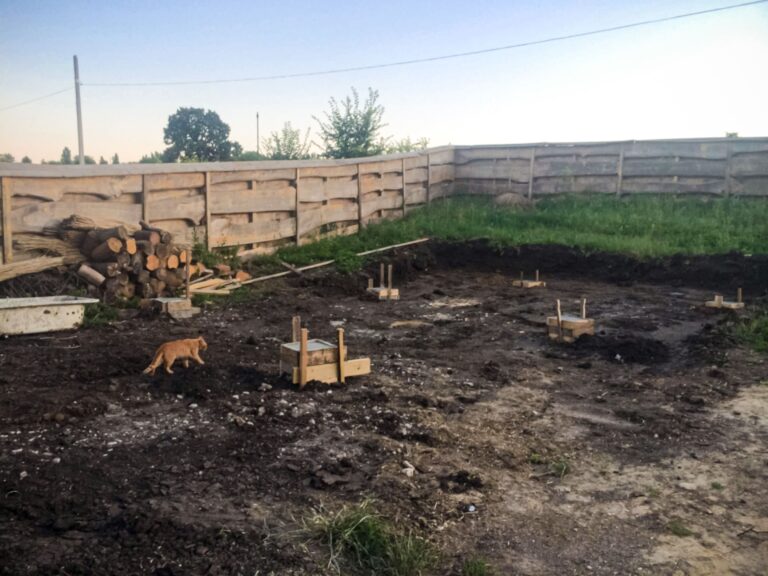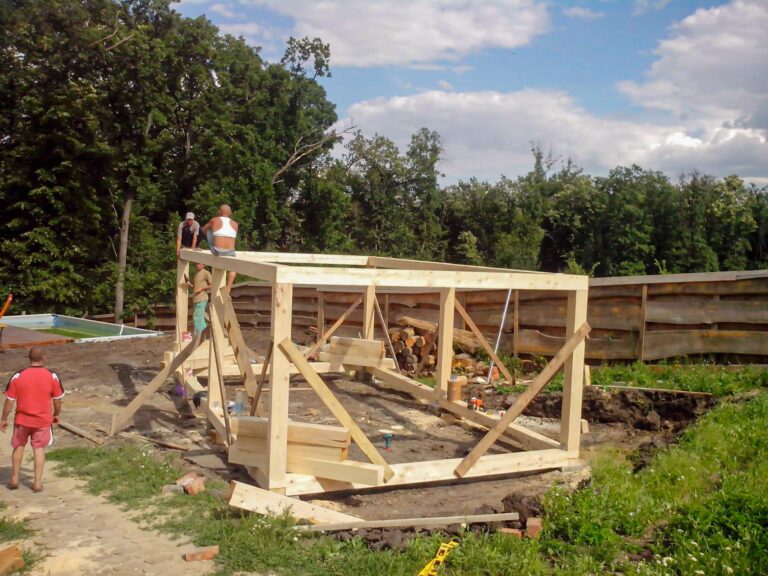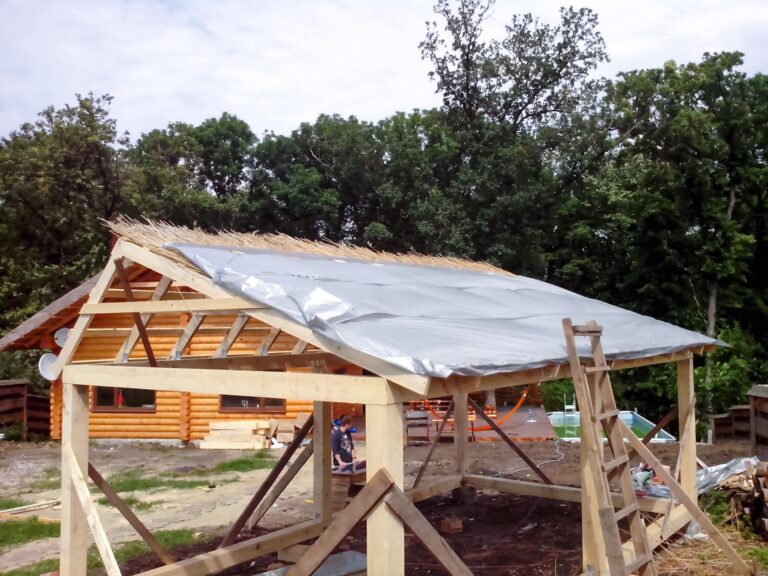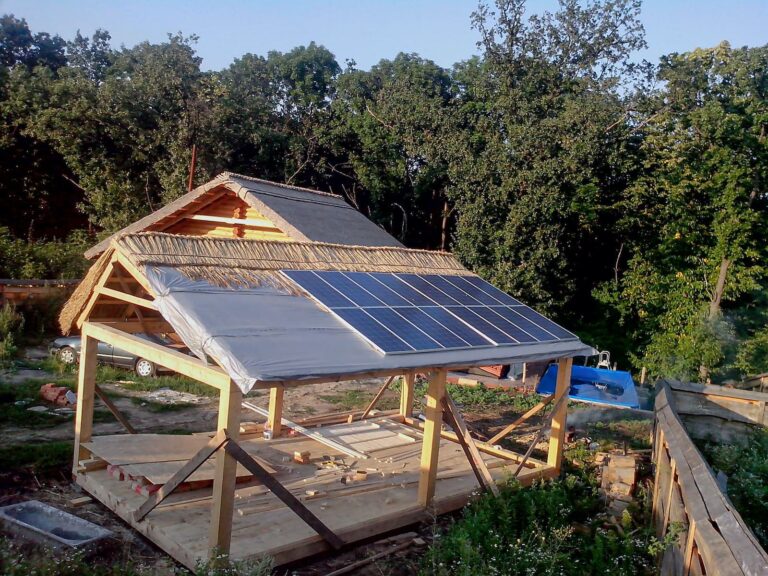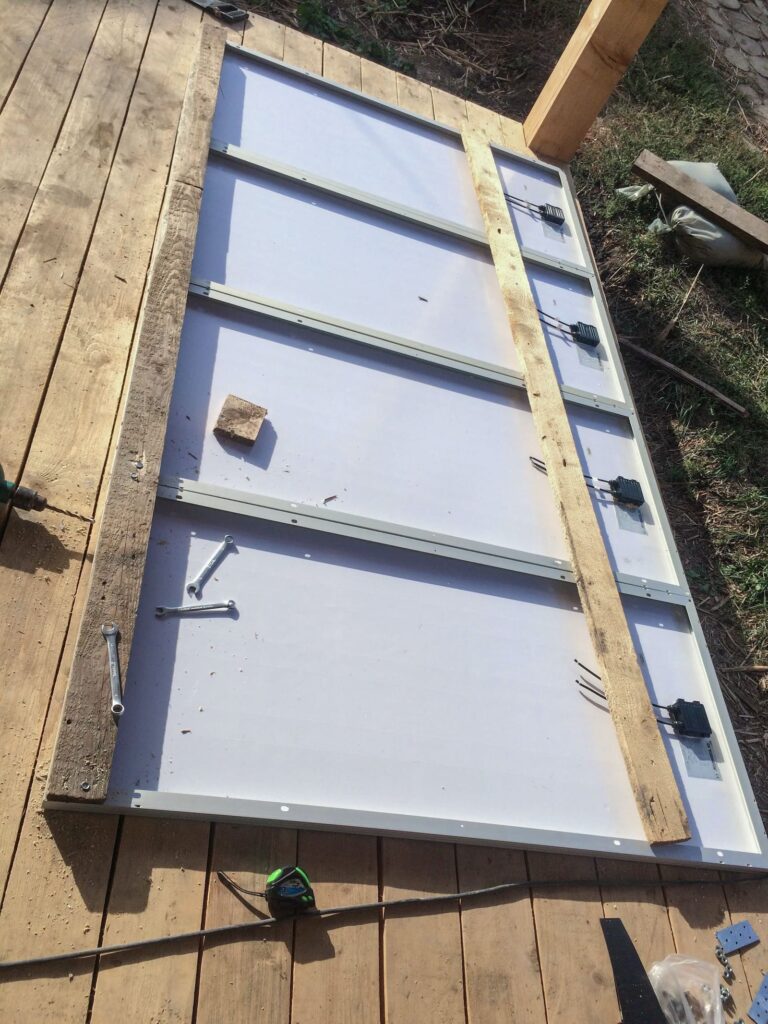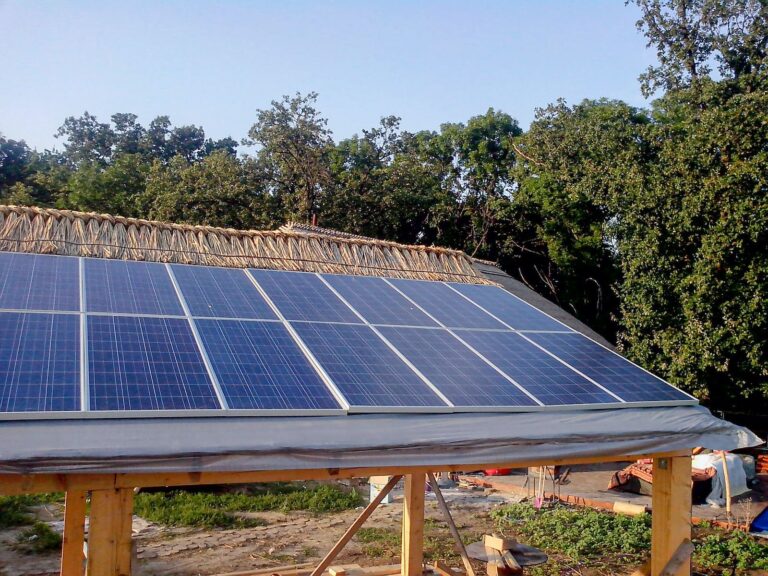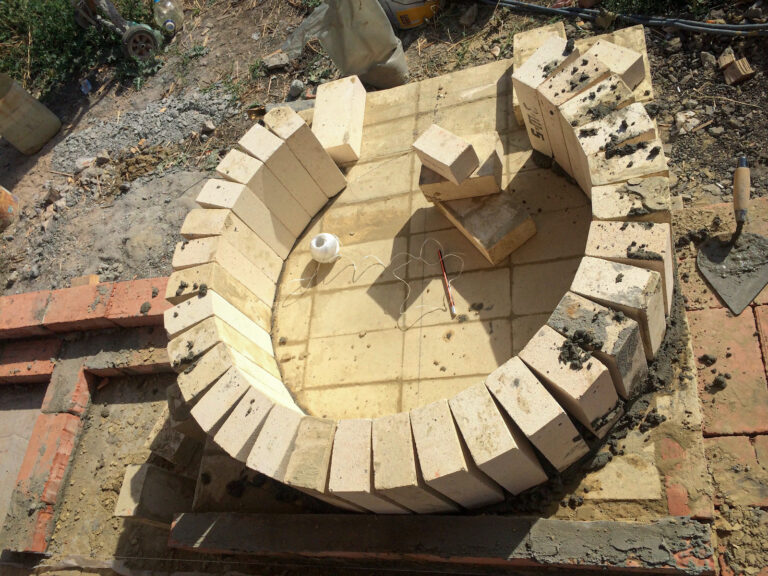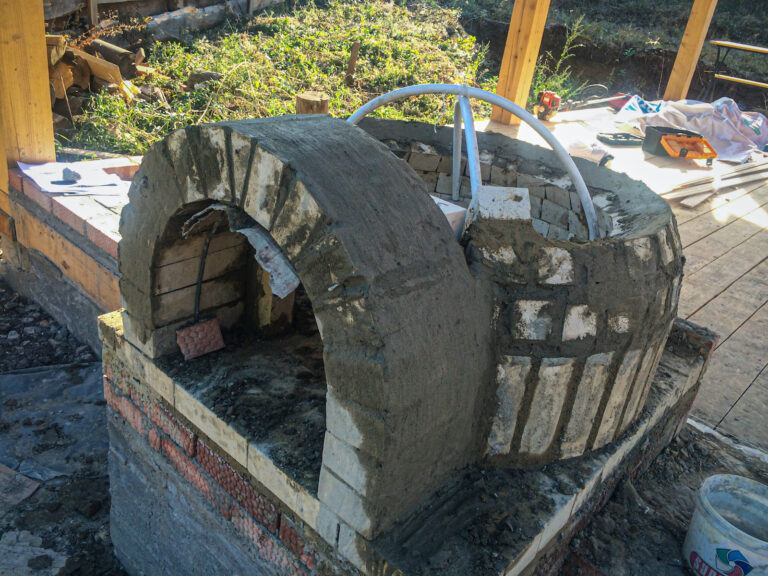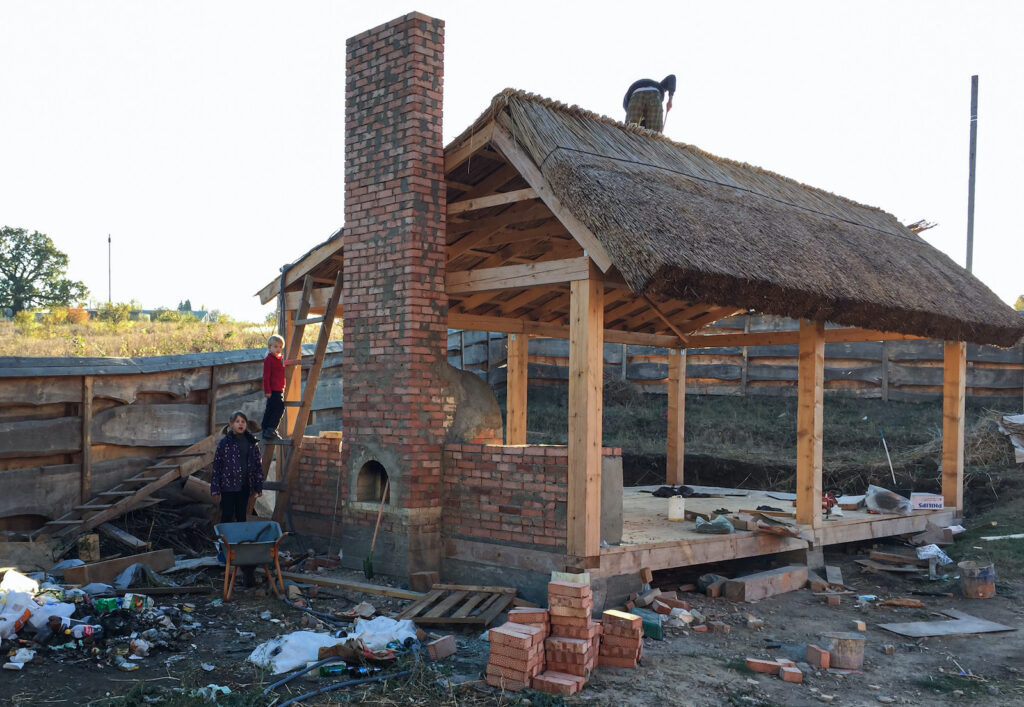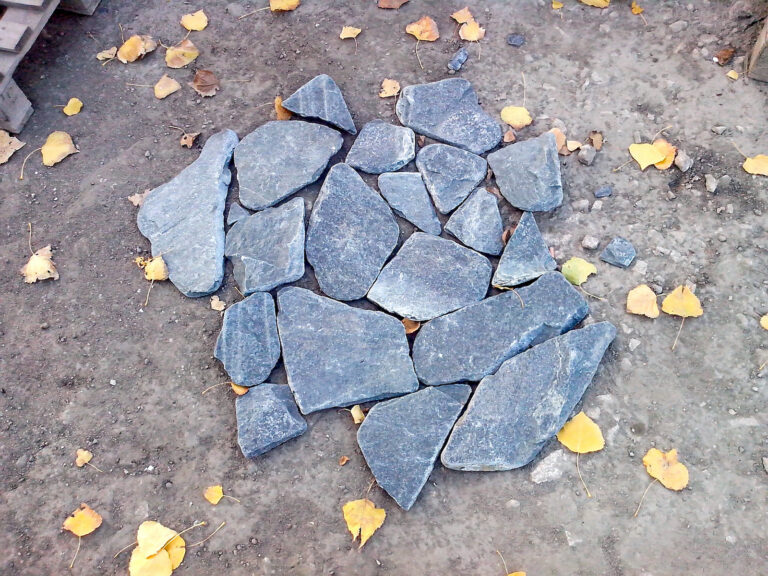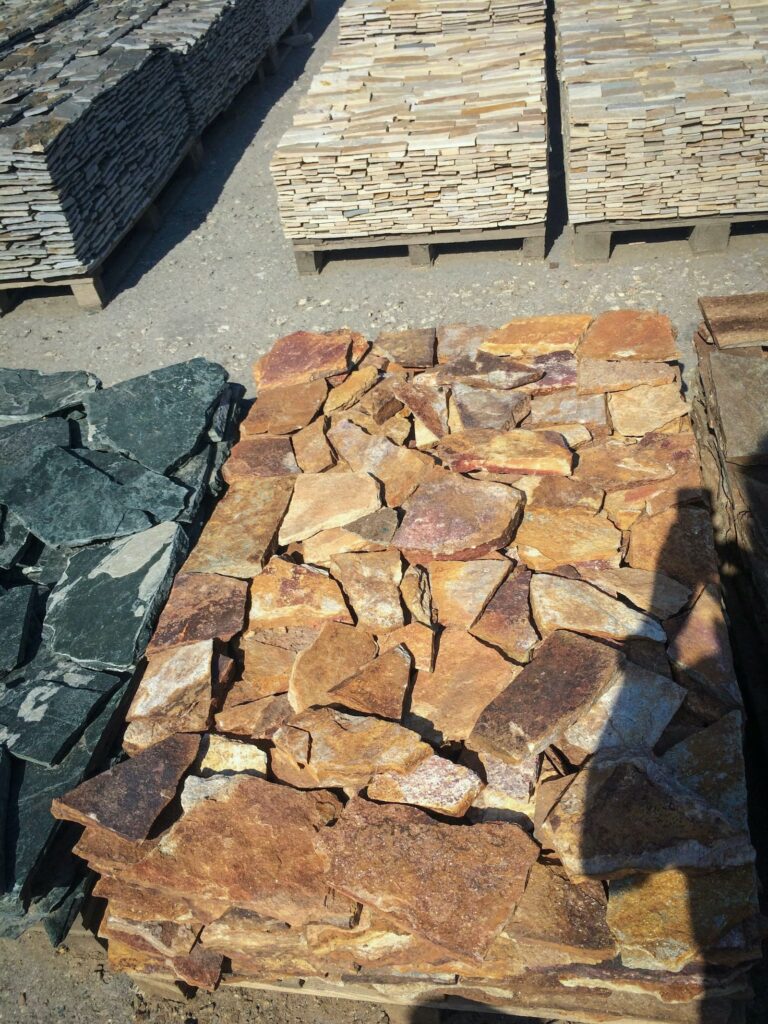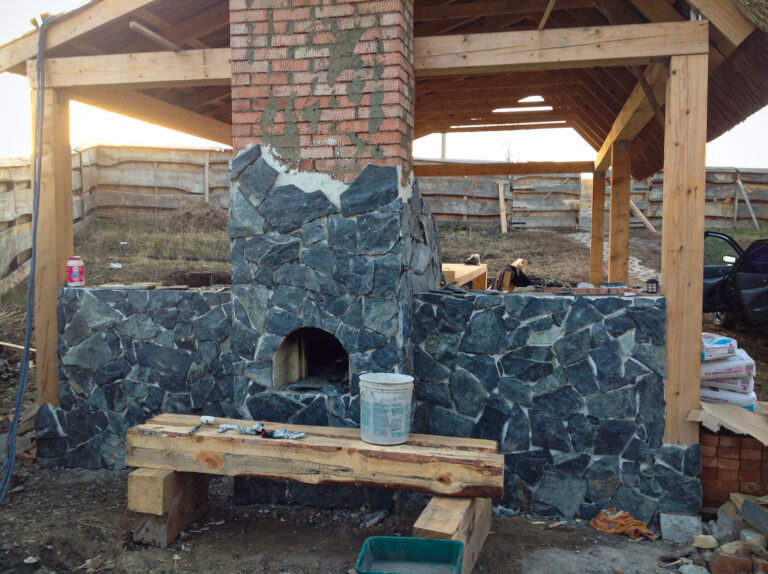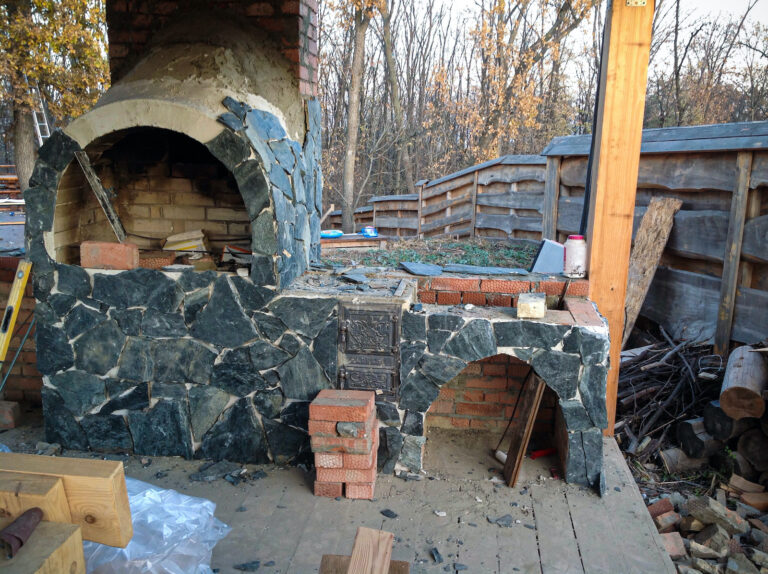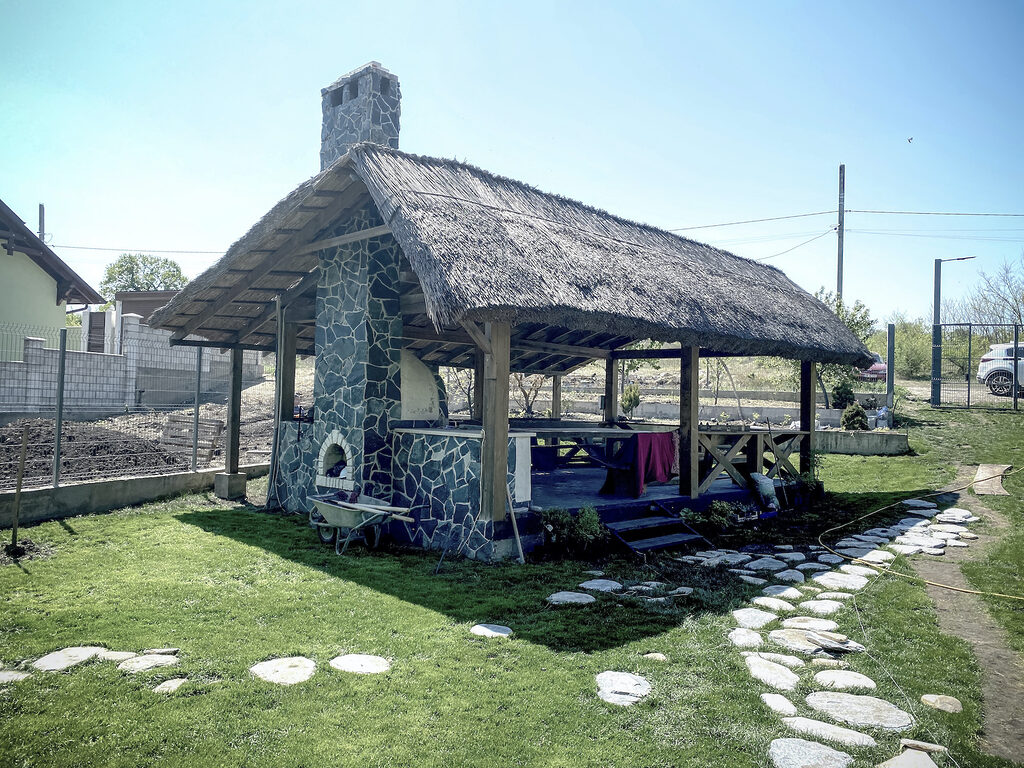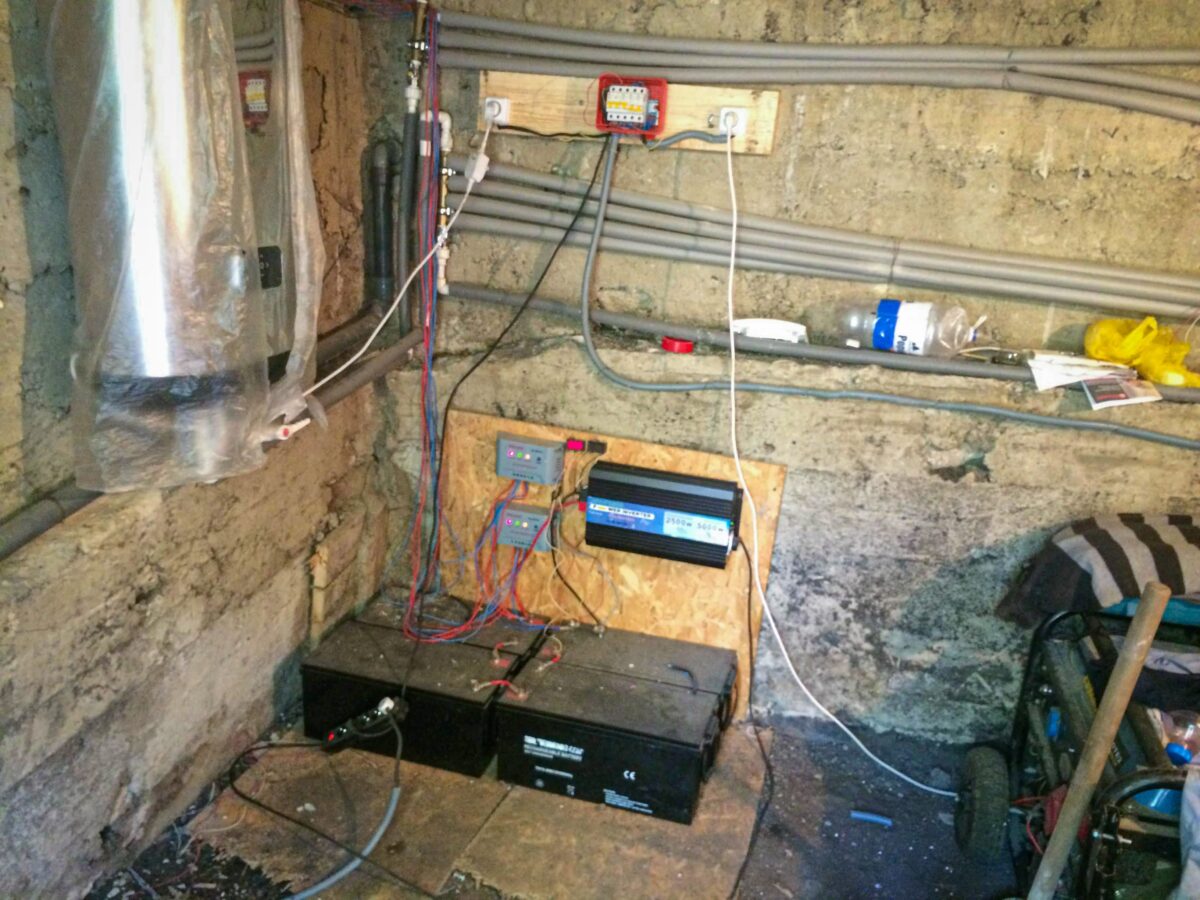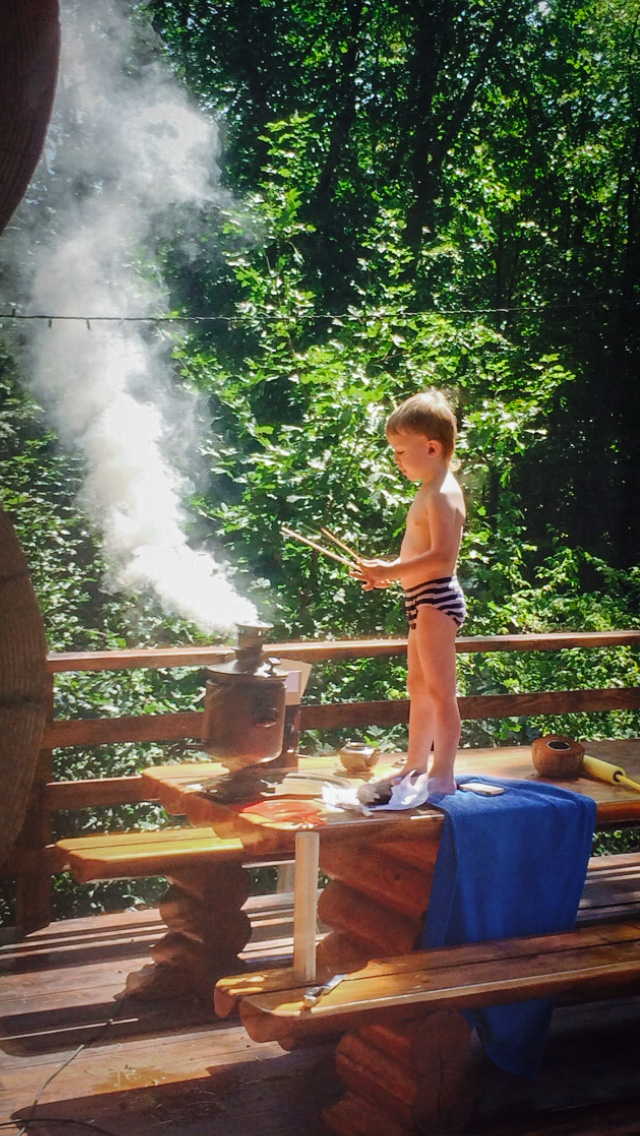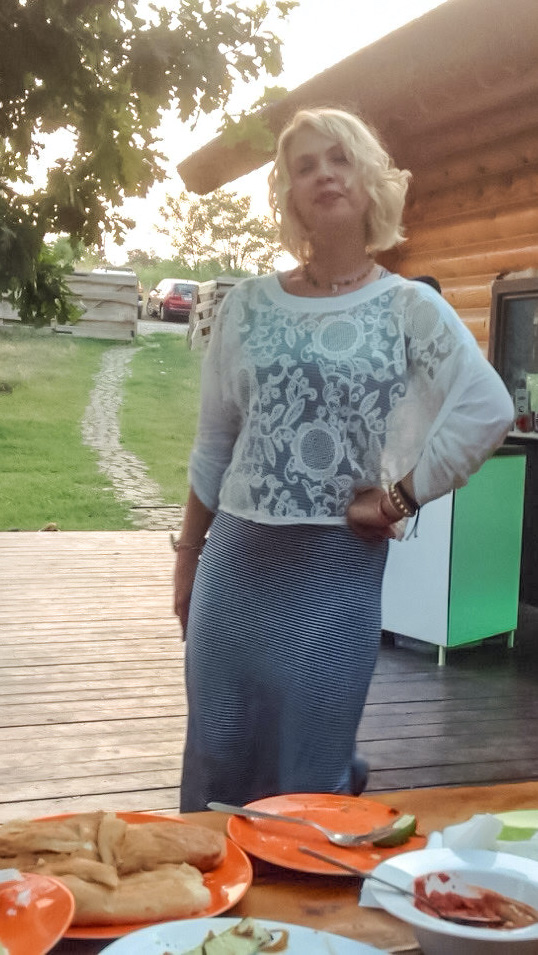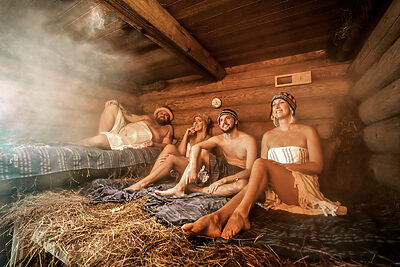A year has passed since our family settled into the summer house — a wooden cabin with a bathhouse near the forest. Everything would’ve been perfect, except for the issue with electricity — a couple of kilowatts, which seemingly appear in the wires due to electromagnetic interference from passing UFOs, prevented us from confidently looking into the future. Not even the next 15 minutes. Hence, the head of the family, who is also an Engineer, a tech-innovator, and a progressive IT specialist, decides to install solar panels so our house can become energy-independent, carbon-neutral, and eco-friendly. And on top of that, the kettle won’t trip the circuit, and the gasoline generator will become obsolete.
Thus began the construction of a 10,000-watt solar power station. First things first, we chose a location (although “chose” might be an overstatement given our tight space constraints).
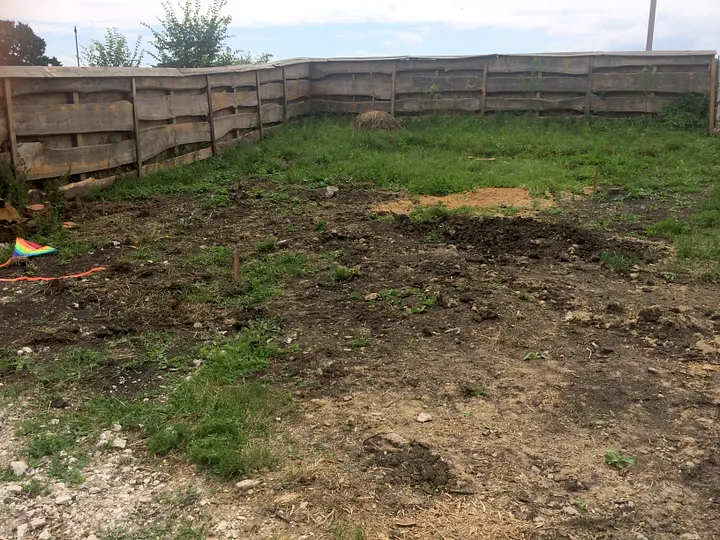
And then we drew the blueprint for the panel stands. During this drawing phase, I realized how inefficient it’d be to take up so much land just for equipment. So, I decided to make a gazebo, on the roof of which the solar panels would be placed. Killing two birds with one stone. Energy and a summer veranda.
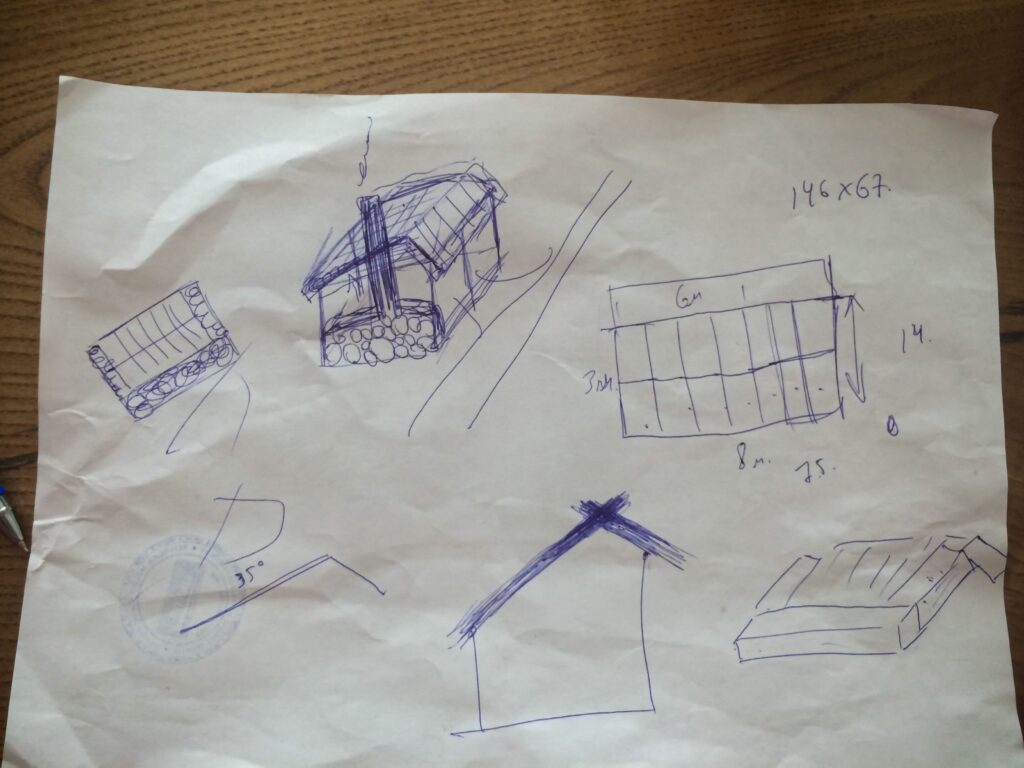
One problem I have is that every project I embark on tends to expand exponentially. Just like now — initially, the gazebo was the sole idea, then I thought about adding an oven to bake pastries and traditional pies, and during construction, a crazy thought emerged to make a double-sided oven: classic on one side and a round pizza oven on the other.
Let’s go! A bit of concrete, a wooden frame on top, and loads of bricks.
As always, the kids are right in the middle of it all, assisting their parents. Or at least, they believe they’re assisting. Regardless, it’s always a joy to watch them in action.
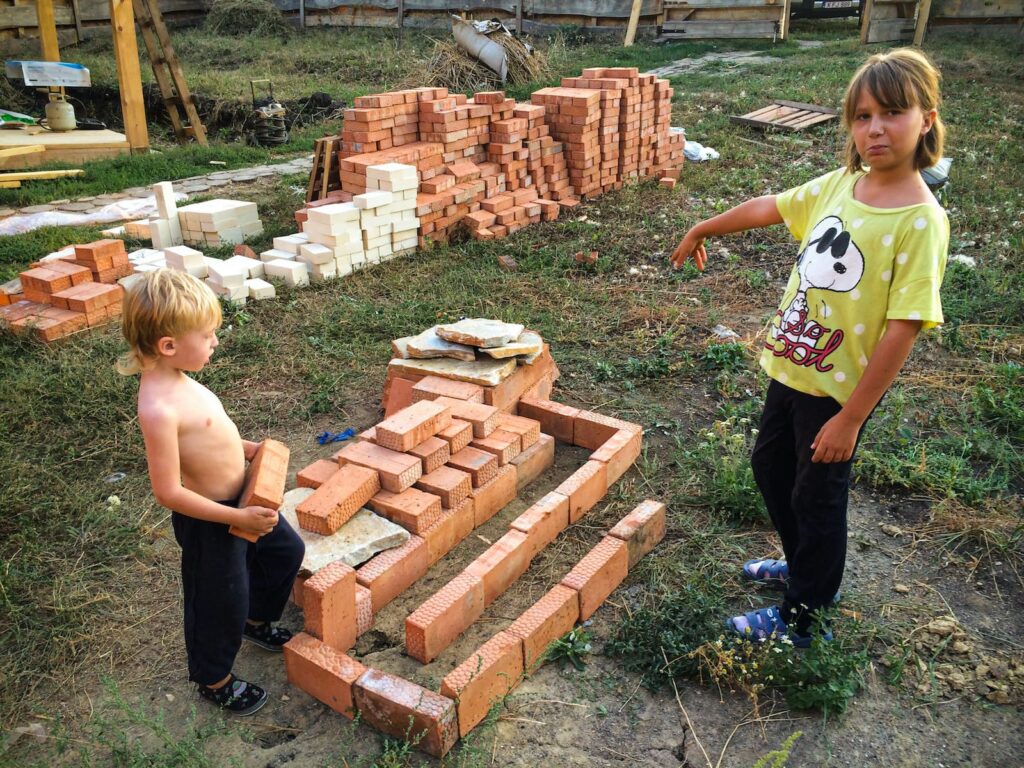
No doubts about the roof either — we decided to go with reed roofing, like the one on the bathhouse. Perhaps this is the first structure where solar panels sit atop a reed roof. A fusion of tradition and technology.
The next step was to install a brick oven. I dove into the internet, learned how to build an authentic Italian pizza oven, hired a specialist, and began crafting this unique oven, which, in truth, I ended up never using in the future.
After a few weeks, our oven was ready, tested, and primed to delight our family and friends with tasty treats. I remember Vika baked a traditional pie with cherries and cottage cheese for the occasion. Yummy!
But that wasn’t all; we wanted it to look aesthetically pleasing. Vika and I like stones, so we spent a lot of time selecting the veneer for the oven.
In the end, we opted for stone similar to the one in the sauna. We clad it from both sides, then did some interior plastering. It was exhausting…
So this is the high-tech beauty we ended up with. But we nearly forgot its primary purpose. The panels alone can’t boil water. We needed batteries and a controller. Wires were drawn from the roof straight to the basement, smart devices connected, battery banks hooked up, and…
The moment of truth! It’s night outside, but inside, our lights are on.
Absolutely free of charge.
Well, “free”… if you exclude the 10,000 euros spent on equipment.
I remember feeling so proud back then, having managed to kickstart such an advanced system. Little did I know the kind of hassle I’d have to put up with because of these batteries. But that’s a story for another time. For now, let the feast begin!
From the leftover bricks, we made a fireplace where we’d sit by the fire on summer evenings, chatting and sipping tea.
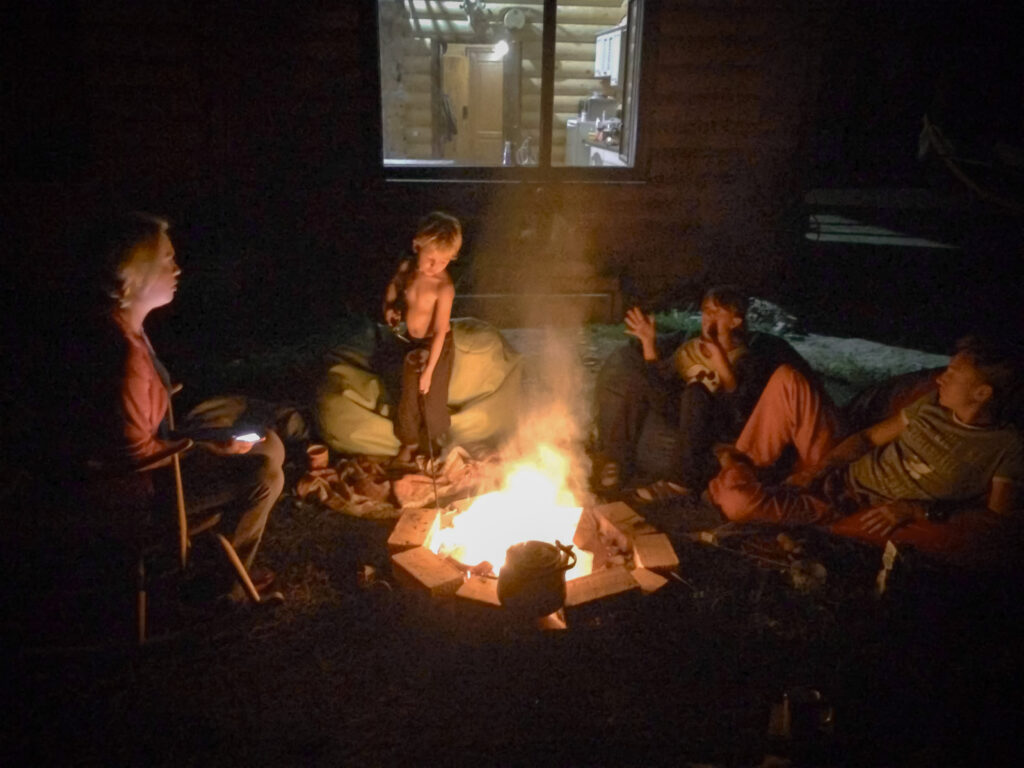
And inside the house, the warm light glowed, harvested by our power station from the day’s sun.
To be continued…
